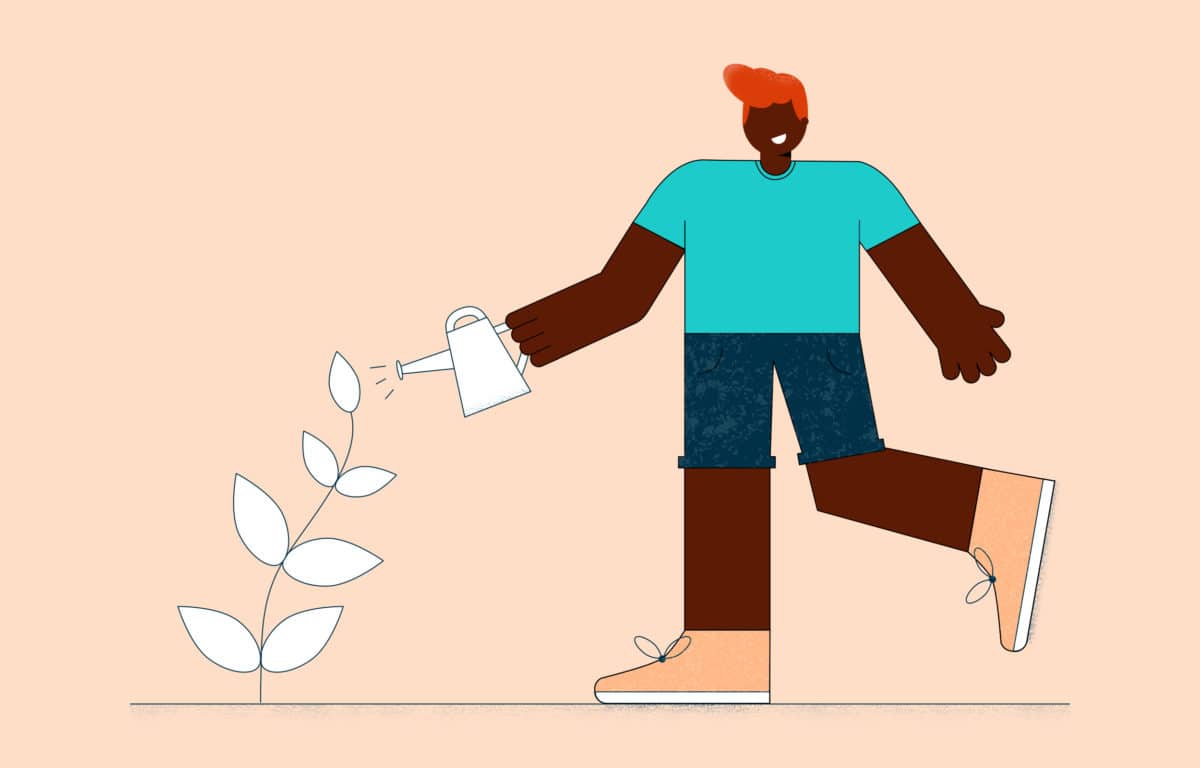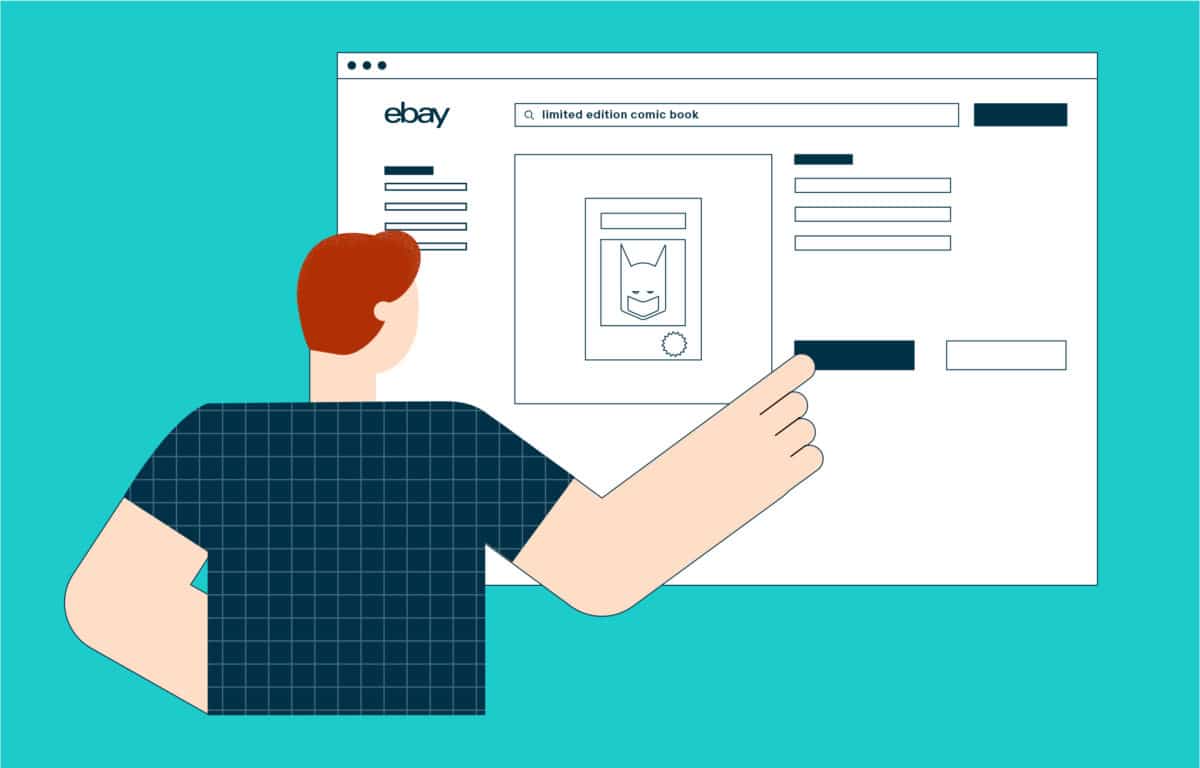Usually around this time, I’d be making my way back home to New Jersey from CES in Las Vegas. Since we didn’t get the opportunity to gather in person and discuss what’s ahead for the new year, I want to share a few key consumer trends that we saw emerge over the holiday season and what they mean for marketers.
- Shopping trends are always changing. Stay curious and agile to increase efficiencies, understand your consumer and drive sales. Ask questions and challenge your partners.
- Consumers are shopping for unique items on digital marketplaces that have communities across all types of products. They’re spending more time deciding on the ideal purchases. Make sure you meet them there.
- The shift to online shopping is not slowing. An omnichannel approach is key to ensuring your products and messages are everywhere your consumer is.
Let’s dive in.

Consumer trends are always changing. Stay agile and curious.
The majority of holiday shoppers usually aim to nab in-store deals well into the season. But in 2020, consumers had to plan ahead. Concerns over shipping times and inventory availability drove people to start their holiday shopping earlier. By the end of September, 31% of online shoppers had already begun purchasing seasonal necessities and holiday gifts – twice as many as we saw in 2019! Plus, starting earlier meant they could keep an eye on deals for longer and take their time to search for the perfect items.
This tells us that marketers must be nimble. Consumer shopping patterns will continue to evolve and being able to react quickly to these changes is key. We need to recognize this as the new normal for brands (or the new strange, if you will): stay as flexible as you can while still looking far enough ahead to be able to measure and plan for the future. Sounds easy, right?
Not always, but curiosity and asking a lot of questions of partners is key. The more questions you ask partners and the deeper you dig into the data together, the more you can anticipate customer needs—and how and when to engage them. One example is our partnership with Tracfone. Together, we dug into the Tracfone sales data on eBay. Using key learnings from our data, they were able to create a whole new product with a launch strategy based on more precise targeting and messaging. Your eCommerce partners may have insights that you don’t know about, but that have the potential to inform new strategies. So why not get curious?

Consumers are spending time shopping for unique items. Meet them where they’re shopping.
Many consumers took a necessary rain check on big travel and in-person experiences this holiday season. As a result, traditional physical gifting saw a resurgence. But festive shoppers weren’t just looking for the coolest new gadgets and gear—they were seeking connection. With less shared family experiences to make the season special, shoppers put in the extra effort (and time) to find unique gifts, at great prices, for each loved one.
When consumers shop on a marketplace like eBay—where we have such rich, deep communities across all types of products and product categories—they can really find the perfect items for themselves and those closest to them. Nothing beats the feeling of buying a thoughtful gift for your loved one and watching them beam as they unwrap it. And at the end of a tough year like 2020, consumers felt they deserved their own holiday cheer, so self-gifting was on the rise. We don’t expect these trends to change anytime soon.
So how can you help your customers find exactly what they’re searching for? eCommerce gives marketers the ability to understand when consumers want to buy something, how they want to buy it, and the journey they take while browsing the breadth and variety of what’s available. As we embrace the new year, marketers take note: people will keep coming to online marketplaces to purchase unique items. Make sure you connect with them there, and know how to get your message relevantly into their experience.

Online will continue to be integral to the shopper journey. Take an omnichannel approach to marketing.
Holiday shopping typically means massive crowds at brick-and-mortar stores. But – obviously – 2020 was a different story. In an eBay survey, 83% of consumers said they were planning to do more of their holiday shopping online than in season’s past. (No kidding—eBay had our biggest Cyber Week yet, breaking all previous U.S. records. Learn more about Cyber Week results here.) And IBM estimates the pandemic has pushed the industry ahead by five years.
Here’s why it matters: We can look at online shopping data to deeply understand our customers and how they like to shop. How long are they browsing per session? How many and which brands are customers considering? What colors do they shop the most? And together we can use this to stay ahead of shifting trends.
Among eBay shoppers surveyed in June, 75% anticipate their online purchasing habits will stay the same even after shelter in place orders are lifted. That means online shopping and digital marketplaces are here to stay. But it doesn’t mean that brick-and-mortar stores have become obsolete by any stretch. In fact, the shopper journey is more complex than ever with more considerations, touchpoints and places to buy.
For marketers in 2021, a cross-channel strategy will be all the more important. Brands have to be where their audiences are shopping and create consistent customer experiences across all channels. eCommerce platforms play a key role—if not, the key role—in executing a successful omnichannel strategy. They reveal the data you need to understand how your product gets bought, how the shopper behaves on their purchase journey.
Scott Kelliher
Head of eBay Advertising US
We’ve got a great new product roadmap headed your way, and we’re excited to help make 2021 a success for your brand and customers. Let’s talk.





